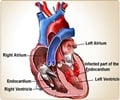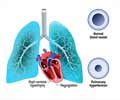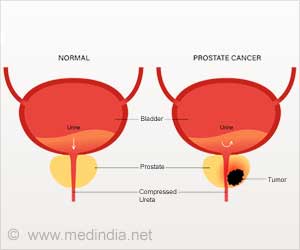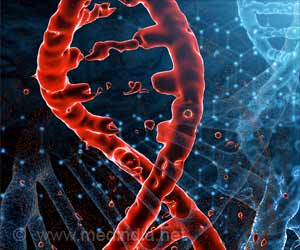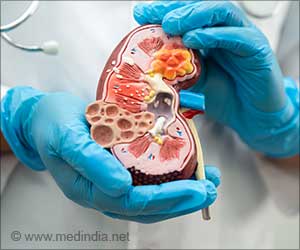The latest analysis of the MADIT CRT trial says that patients with dyssynchronous yet viable ventricles are most likely to benefit from cardiac resynchronization therapy
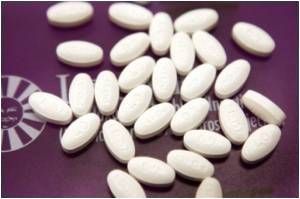
The Multicentre Automatic Defibrillator Implantation Trial-CRT (MADIT-CRT) set out to determine whether patients with mild heart failure (NYHA class I or II) would do better if they got implanted with a CRT-D device (which combines cardiac resynchronization therapy with defibrillation), than if they only received the traditional ICD defibrillation. In earlier studies CRT-D devices had been approved for use in patients with severe heart failure (NYHA class III/IV).
In the MADIT-CRT study, funded by Boston Scientific, 1820 patients with Class I and II heart failure, wide QRS and left ventricular dysfunction were randomized 3:2 to receive CRT-D (n=1089) or ICD alone (n=731). Results, presented at the 2009 ESC Annual Conference in Barcelona after a follow period averaging 2.4 years, demonstrated a greater than 40% reduction in the primary endpoint of death or heart failure in patients receiving CRT-D. However, in virtually all studies of CRT-D approximately 30% of patients do not respond to therapy.
In the current study, Dr Scott D Solomon (Brigham and Women's Hospital, Boston, MA) and colleagues set out to investigate whether the degree of synchrony – the extent to which the walls of the left ventricle contract in unison – might influence the likelihood of patients responding to CRT-D. "It's important to target patients in whom CRT-D works well because the technology is quite expensive," explained Solomon.
In this latest analysis of MADIT-CRT, investigators analyzed echocardiograms from 1077 patients enrolled in MADIT-CRT (CRT-D n=66; ICD, n=416) who had echocardiographic images of sufficient quality to allow analysis of synchrony and contractile function. Researchers were blinded to the randomization and study outcomes.
Results showed that patients with mild to moderate dyssynchrony at baseline (defined as a time-to peak transverse strain SD of 142-230 ms) and greater baseline contractile function (longitudinal strain < -8.7%) improved to a greater extent when randomised to the CRT-D group than the ICD only group.
Advertisement
"These results suggest that the patients who are most likely to benefit from CRT-D are those with at least some dyssynchrony who have relatively preserved contractile function," said Solomon, adding that the observation that improvements in synchrony and contractile function were associated with reduced death and heart failure events, suggests that the benefits delivered by CRT relate to improvements in these factors. "Future studies will continue to try to identify the patients who are most likely to benefit from this expensive but highly effective therapy," he said.
Advertisement
Source-Eurekalert






